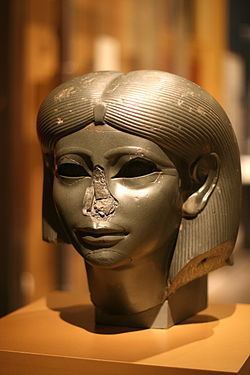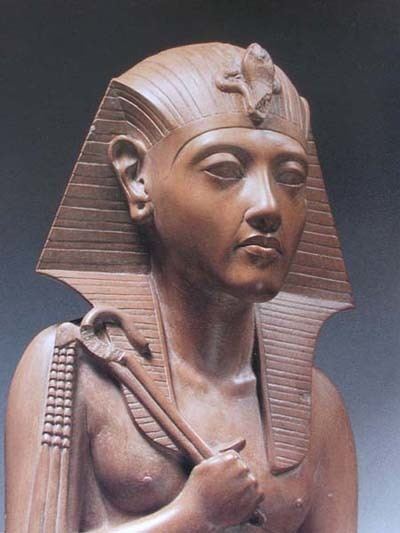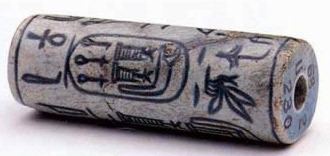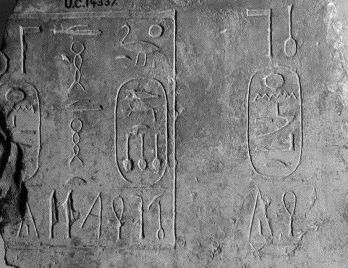Parents Amenemhat III | Grandparents Senusret III Died 1802 BC | |
 | ||
Name Sobekneferu Sobekneferu Reign 1806–1802 BC (12th Dynasty) Nephews Sekhemre Khutawy Sobekhotep Great-grandparents Senusret II, Khenemetneferhedjet I Similar People | ||
Siblings Amenemhat IV, Neferuptah | ||
Sobekneferu dream cast
Sobekneferu (sometimes written "Neferusobek") was an Egyptian woman reigning as pharaoh after the death of her brother Amenemhat IV. She was the last ruler of the Twelfth dynasty of Egypt and governed Egypt for almost four years from 1806 to 1802 BC. Her name means "the beauty of Sobek."
Contents

Family

She was the daughter of Pharaoh Amenemhat III. Manetho states she also was the sister of Amenemhat IV, but this claim is unproven. Sobekneferu had an older sister named Nefruptah, who may have been the intended heir. Neferuptah's name was enclosed in a cartouche and she had her own pyramid at Hawara. Neferuptah died at an early age, however.
Reign

Sobekneferu was the first known woman reigning as pharaoh for which there is confirmed proof. There are five women who are believed to have ruled as early as the First Dynasty and Nitocris may have ruled in the Sixth Dynasty.

Amenemhat IV most likely died without a male heir; consequently, Amenemhat III's daughter, Sobekneferu, assumed the throne. According to the Turin Canon, she ruled for 3 years, 10 months, and 24 days in the late nineteenth century BC.
She died without heirs and the end of her reign concluded Egypt's brilliant Twelfth Dynasty and the Golden Age of the Middle Kingdom as it inaugurated the much weaker Thirteenth Dynasty.
Monuments and Tomb
Few monuments have been discovered for her, although many of her (headless) statues have been preserved including the base of a representation of a king's royal daughter that was discovered in Gezer and bears her name. One statue with a head is known. A bust in the Egyptian Museum of Berlin (Inv. no. 14476), lost in World War II, could be identified as belonging to her. Today, the sculpture is known only from photographic images and plaster casts. It came in 1899 to the museum. The head fits on top of the lower part of a royal statue discovered at Semna. The latter can be identified for sure as royal because the royal symbol unification of the two countries appears on the side of her throne. It is known that she made additions to the funerary complex of Amenemhat III at Hawara (called a labyrinth by Herodotus) and also built structures at Herakleopolis Magna.
A fine cylinder seal bearing her name and royal titulary is located in the British Museum. A Nile graffito, at the Nubian fortress of Kumma records the Nile inundation height of 1.83 meters in Year 3 of her reign. Another inscription discovered in the Eastern Desert records year 4, second month of the peret season. Her monumental works consistently associate her with Amenemhat III rather than Amenemhat IV, supporting the theory that she was the royal daughter of Amenemhat III and perhaps, only a stepsister of Amenemhat IV. The Danish Egyptologist, Kim Ryholt, notes that the contemporary sources from her reign show that Sobekneferu never adopted the title of King's Sister--only 'King's Daughter'--which supports this hypothesis. Additionally, all Egyptian rulers were given the title 'king', regardless of gender.
Her tomb has not been identified positively, although she may have been interred in a pyramid complex in Mazghuna that lacks inscriptions. It is immediately north of a similar complex ascribed to Amenemhat IV. A place called Sekhem-Neferu is mentioned in a papyrus found at Harageh. This might be the name of her pyramid.
